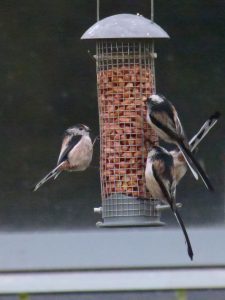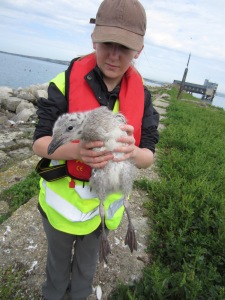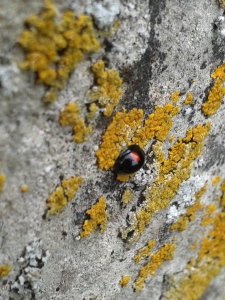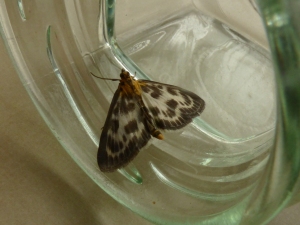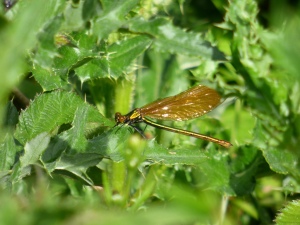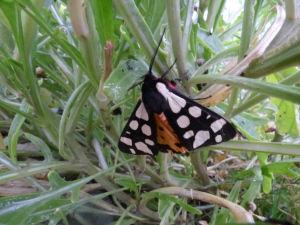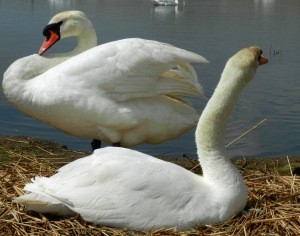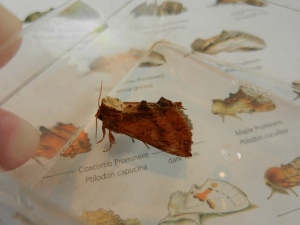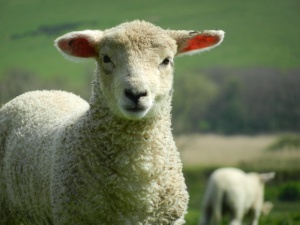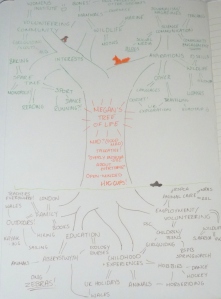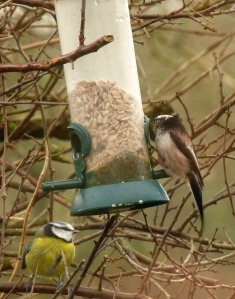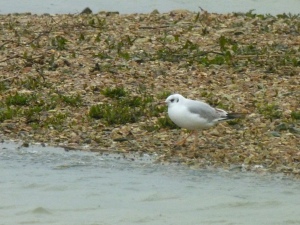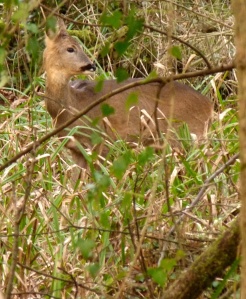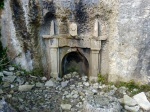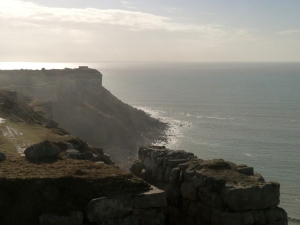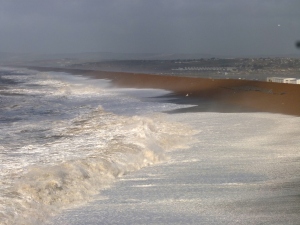Let’s go to the beach
This week didn’t kick off with a bang, but rather some very heavy frost. It took me twenty minutes to get into my car on Monday morning it was so iced up! And freezing weather for the rest of the day is obviously the best weather for heading out to a nature reserve. Actually, it was a good idea because 1) the reserve looked awesome in the frost, 2) I got some nice close-up photos of frozen leaves / lichens / etc, and 3) it was actually sunny so the light was good. This was a new reserve to me, Abercamlo Bog, which is quite near to Llandrindod Wells. I’m not gonna lie, I’m pretty chuffed with the last photo, of the fungi. Most fungi photos I take end up looking blurry (unless I use the flash), because the fungi I’ve come across so far seem to not have sharp edges / patterns.
The middle of the week saw me driving south-east back to Dorset. I was visiting the Charmouth Heritage Coast Centre for a job interview (I didn’t get it, but I enjoyed my visit and was chuffed enough to have got an interview). I got there super early, so had a lovely (albeit damp) walk along the beach.
At the weekend, I took part in the RSPB’s Garden Birdwatch – a long term citizen science project. I did it twice, first at Radnorshire Wildlife Trust‘s offices in Llandrindod Wells (you can see the results at the Facebook page). Then back at house, where the highlight was 11 Long-tailed Tits at the end of the hour.
After doing the Birdwatch, I went for a walk in the garden. Suddenly above, there appeared 10 red kites, followed not long after by about 100 crows. Evidently, the crows had spotted the kites as they were flying straight towards them and cawing away. Down by the river, I checked the usual rock for otter spraint, no luck. I had been eye-ing up another rock by the river, and managed to find a way down to it. My instinct was right, and there I found some spraint! Relatively fresh as still dark in colour and still whiffy with that distinctive musky smell – a mix of jasmine and fish (as odd as that sounds, that’s what it is!).
And lastly, a rare nice photo of me, taken by one of my line managers last week when we went to Gilfach (as described in last week’s blog post).
*I know that I said that my posts would be fortnightly now, but I underestimated the amount of wildlife I would see during winter!





















